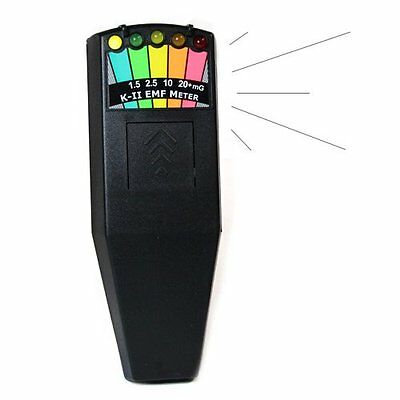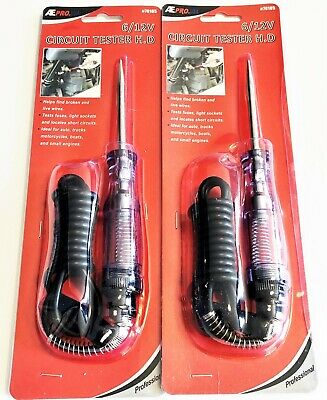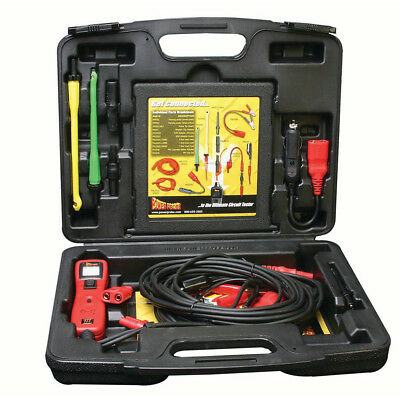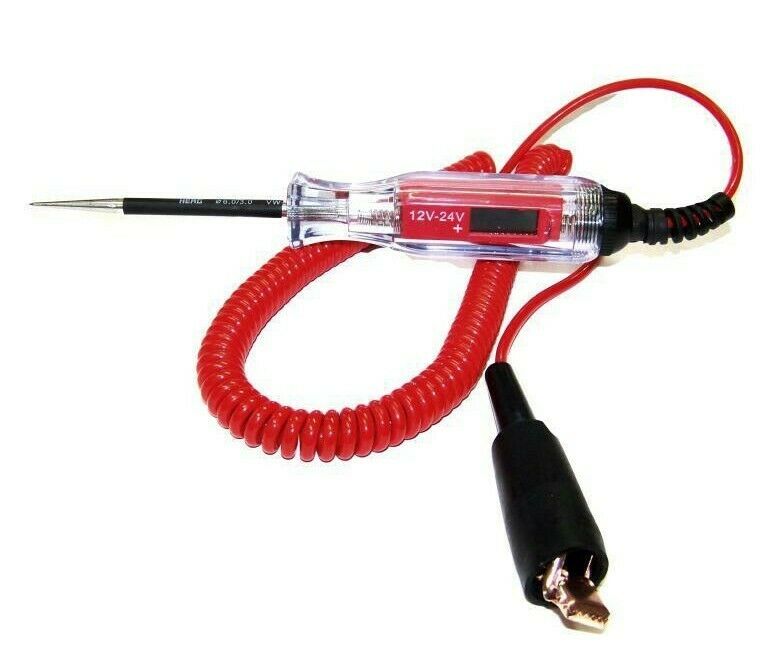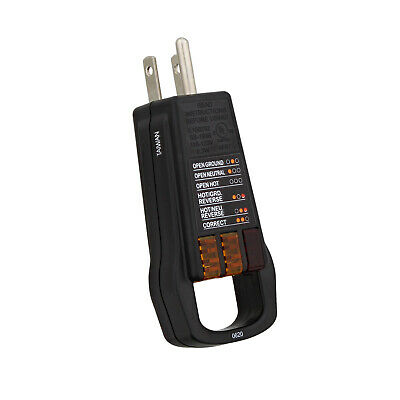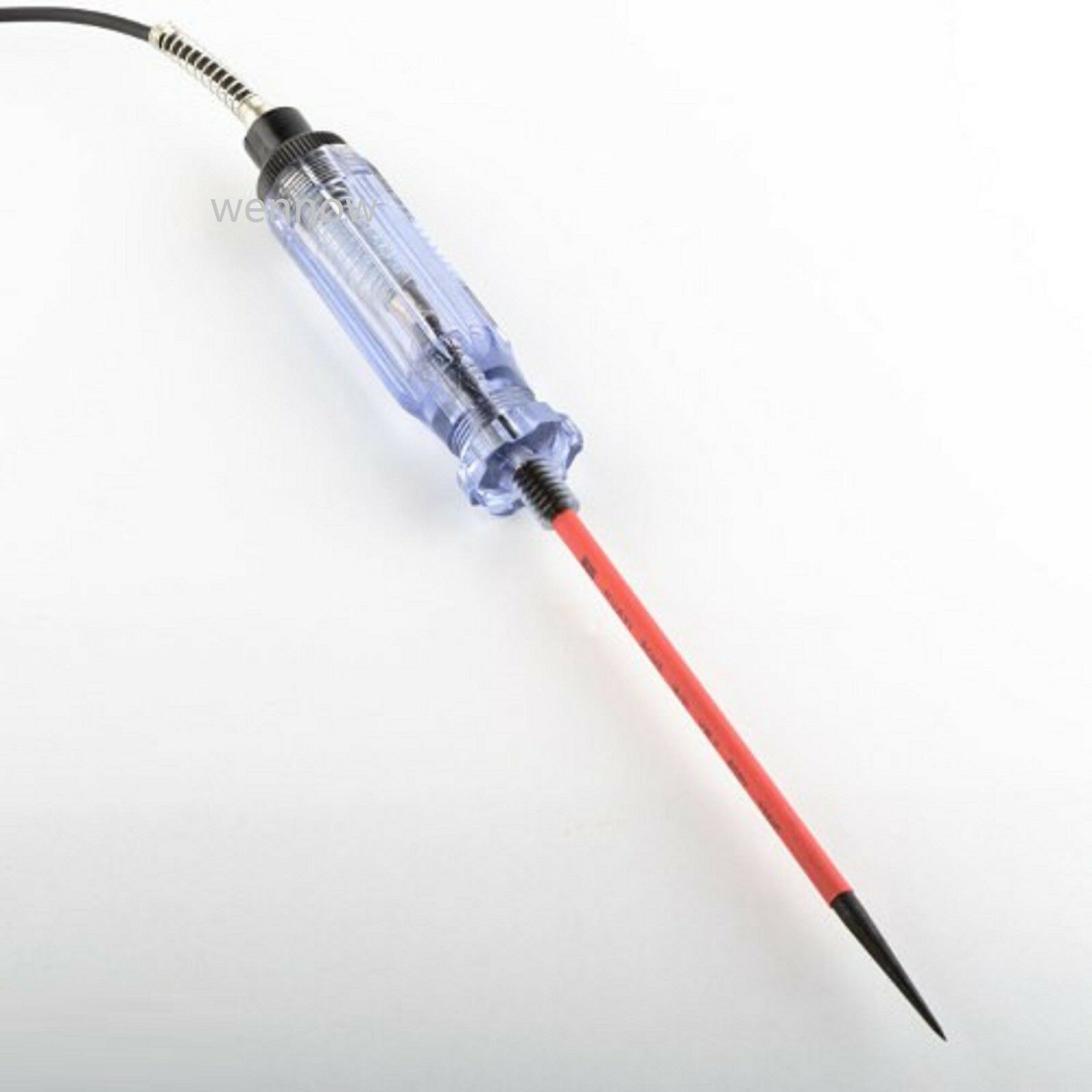-40%
Keithley 6514 Programmable Electrometer
$ 4280.96
- Description
- Size Guide
Description
Subscribe to Our NewsletterKeithley 6514 Programmable Electrometer
Brand:
Keithley
Model No:
6514
Our Model No:
6514
Product Overview
Features
Programmable electrometer
Less than 1fA noise
>200TW input impedance on voltage measurements
Charge measurements from 10fC to 20?C
High speed - up to 1200 readings/second
Interfaces readily with switches, computers, and component handlers
Cancels voltage and current offsets easilyApplications:: High resistivity measurements
Leakage currents
Ion selective electrode measurements
pH measurements
Conductivity cells
Potentiometry
Description
The Keithley 6514 Programmable Electrometer combines flexible interfacing capabilities with current sensitivity, charge measurement capabilities, resolution, and speed that are equal or superior to our earlier electrometers. The 6514's built-in IEEE-488, RS-232, and digital I/O interfaces make it simple to configure fully automated, high speed systems for low-level testing.
The 5 1/2-digit 6514 is designed for applications that demand fast, yet precise measurements of low currents, voltages from high resistance sources, charges, or high resistances.
The 6514's exceptional measurement performance comes at an affordable price. While its cost is comparable with that of many high end DMMs, the 6514 offers far greater current sensitivity and significantly lower voltage burden (as low as 20?V) than other instruments can provide.
R&D on a Budget
The 6514 offers the flexibility and sensitivity needed for a wide array of experiments, providing better data far faster than older electrometer designs. Applications include measuring currents from light detectors and other sensors, beam experiments, and measuring resistances using a current source. In addition to use by researchers in areas such as physics, optics, and materials science, the 6514's affordable price makes it an attractive alternative to high end DMMs for low current measurement applications, such as testing resistance and leakage current in switches, relays, and other components.
The 6514 builds on the features and capabilities of the Keithley electrometers that preceded it. For example, like those instruments, a built-in constant current source simplifies measuring resistance.
Two analog outputs-a 2V output and a preamp output-are available for recording data with stripchart recorders.
Economical Component Testing
Once, electrometers were simply considered too slow to keep up with the high throughput that production test applications demand. The 6514 is designed for fast, sensitive measurements, providing speeds up to 1200 readings per second with fast integration or 17 measurements per second with 60Hz line-cycle integration. It offers 10fA resolution on 2nA signals, settling to within 10% of the final value in just 15ms. A normal-mode rejection ratio (NMRR) of 60dB allows making accurate low current measurements, even in the presence of line frequency induced currents, which is a common concern in production floor environments. The instrument's sensitivity makes it easy to determine the leakage resistance on capacitances up to 10nF or even on higher capacitances when a series resistor is used.
While the 6514 can be easily operated manually using the front panel controls, it can also be externally controlled for automated test applications. Built-in IEEE-488 and RS-232 interfaces make it possible to program all instrument functions over the bus through a computer controller. The instrument's interfaces also simplify integrating external hardware, such as sources, switching systems, or other instruments, into the test system. A digital I/O interface can be used to link the 6514 to many popular component handlers for tight systems integration in binning, sorting, and similar applications.
These features make the 6514 a powerful, low cost tool for systems designed to test optical devices and leakage resistance on low-value capacitors, switches, and other devices, particularly when the test system already includes a voltage source or when the source current/measure voltage technique is used to determine resistance.
Low Voltage Burden
The 6514's feedback ammeter design minimizes voltage offsets in the input circuitry, which can affect current measurement accuracy. The instrument also allows active cancellation of its input voltage and current offsets, either manually via the front panel controls or over the bus with IEEE-488 commands.
Dark Current Measurements
When measuring dark currents from a device such as a photodiode, the ammeter reads the sum of two different currents. The first current is the dark current (I D) generated by the detector with no light falling upon the device (in other words, the signal of interest); the second one is the leakage current (I L) generated by the voltage burden (VBURDEN) appearing at the terminals of the ammeter. In a feedback ammeter, the primary "voltage burden" is the amplifier offset voltage. This leakage current represents an error current. Without the use of cancellation techniques, I L = VBURDEN/RL. The 6514's CAL VOFFSET is adjusted to cancel VBURDEN to within the voltage noise level of a few microvolts, so the measured current is only the true dark current (ID) of the photodiode. In a similar manner, offset currents can also be cancelled. Earlier electrometers used an internal numerical correction technique in which the voltage burden was still present, so the measured dark current included the error term IL = VBURDEN/R L.
Voltage Burden and Measurement Error
Electrometers provide current measurement with lower terminal voltage than is possible when making DMM measurements. DMMs measure current using a shunt resistance that develops a voltage (typically 200mV full-range) in the input circuit. This creates a terminal voltage (VBURDEN) of about 200mV, thereby lowering the measured current. Electrometers reduce this terminal voltage by using the feedback ammeter configuration. The 6514 lowers this terminal voltage still further-to the level of the voltage noise-by canceling out the small offset voltage that remains. Any error signals that remain are negligible in comparison to those that can occur when measuring current with a DMM.
DMM Offset Currents
Typically, offset currents in DMMs are tens or hundreds of picoamps, which severely limits their low current measuring capabilities compared to the 6514 with 3fA input bias current.
Included Components
1 - Programmable Electrometer w/Line Cord
1 - Triax Cable (237-ALG-2)
1 - Certificate of Calibration
1 - User Manual (P/N 6514-901-01)
1 - Manual Addenda
Terms & Conditions
Please note estimated delivery time above. Contact us for details or if you have a delivery requirement. We ask for your patience while striving to ensure your shipment arrives quickly and accurately.
Domestic Shipping
FREE Standard Shipping on items OVER and less than 30lbs to continental U.S. Add for AK, HI, or PR. Please contact us for shipping rates to any overseas US territories including: Northern Mariana Islands, Guam, Puerto Rico, U.S. Virgin Islands and American Samoa.
PO Boxes/APOs require USPS shipping and may therefore experience longer lead times
6.25% Sales Tax for shipping to MA
International Shipping
Due to international voltage requirements, please ask us prior to purchasing to confirm your product will operate correctly in your country.
Please contact us for shipping rates to any overseas U.S. territories.
International customers are responsible for all shipping charges, including any duties or taxes.

